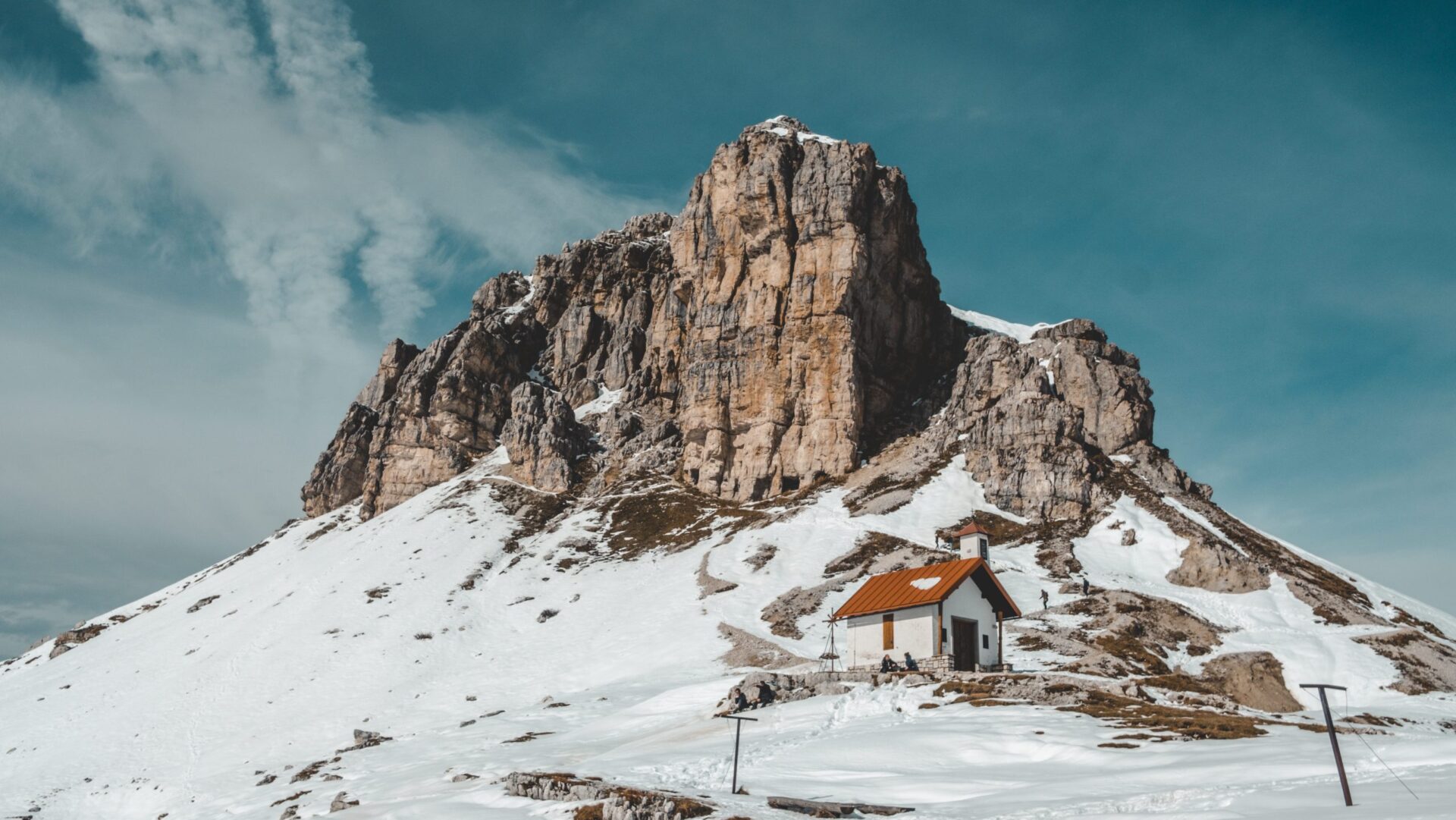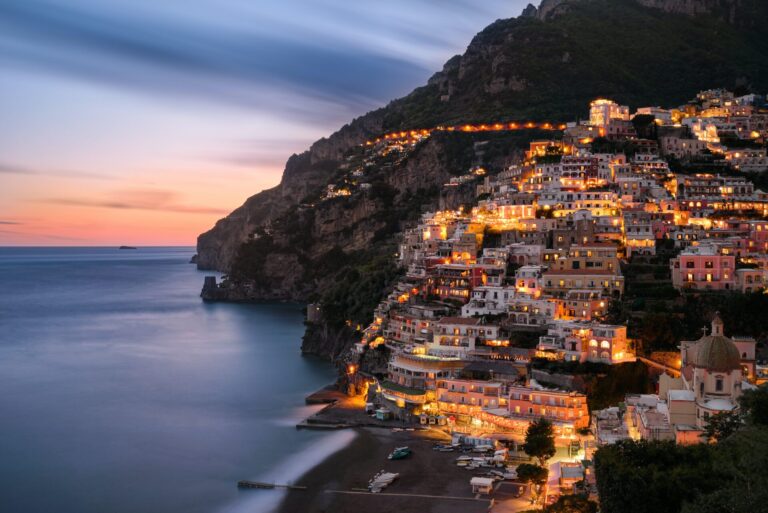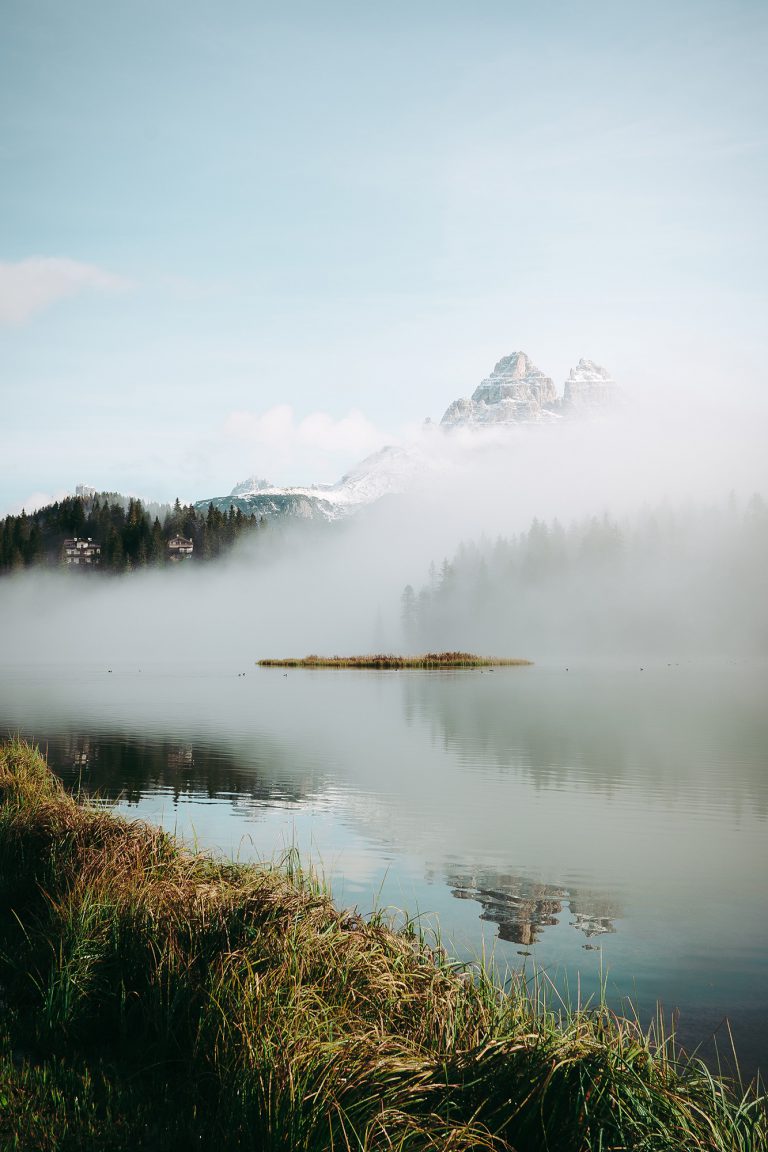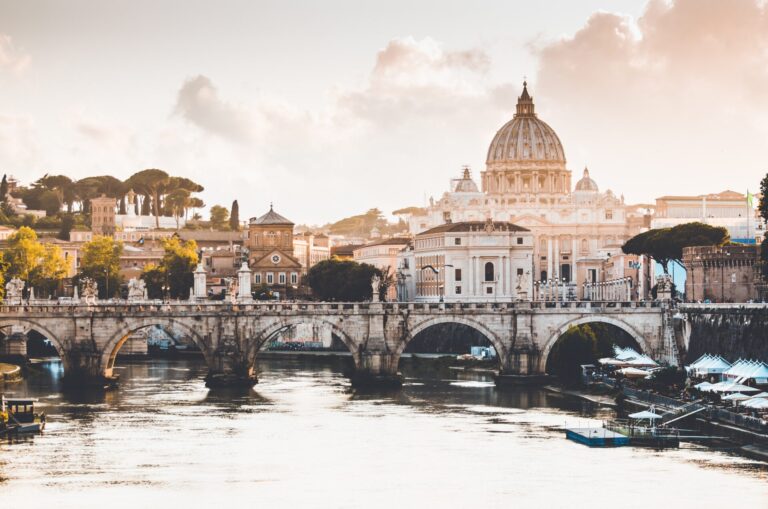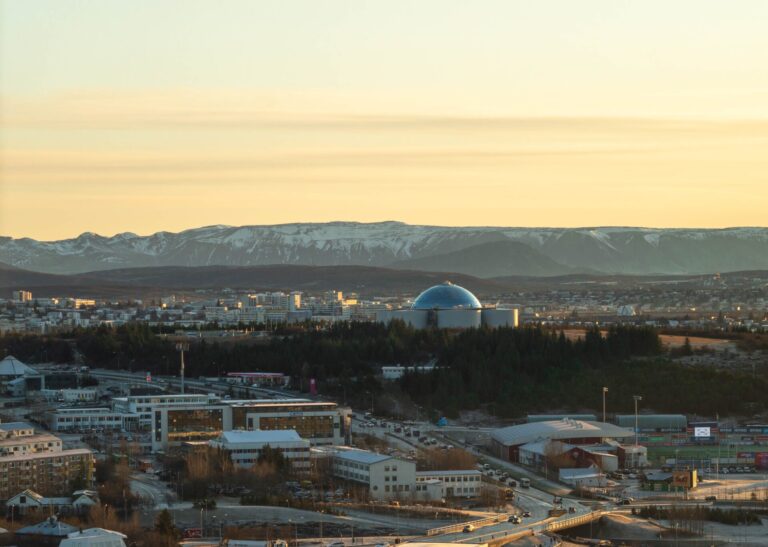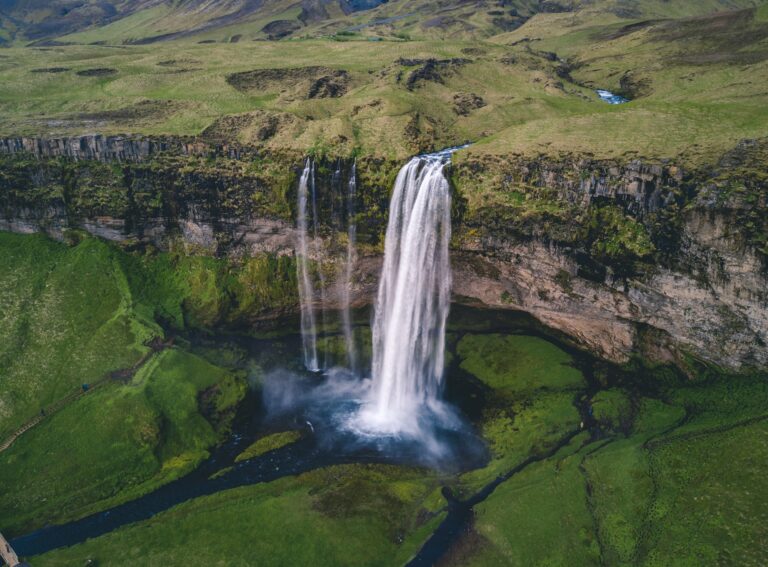Top 5 best hikes in the Dolomites, Italy
Le Corbusier, a famous French architect, once said “The Dolomites are the most beautiful natural architecture of the world” and honestly? We could agree more!
If you love hiking through the mountains, you have probably heard about the Dolomites in the Italian Alps already: It’s a mountain range located in Northeastern Italy which is filled with various dramatic sceneries, waterfalls, lakes, and hiking routes. For adventurers, it is as exciting as going to Disneyland for a child!
You haven’t visited the Dolomites yet, and are wondering where to start to plan your Dolomites itinerary? We’re here to help: we’ve listed our favorite hikes below!
Page Contents
The history of the Dolomites
Before we dive into our favorite hikes in the Dolomites, we feel it’s important to share some of its history.
As French adventurers, we’re more than happy to share the fact that its name has a French origin! It’s the French mineralogist Mr. Gratet de Dolomieu who discovered the “Pale Mountains” which were mainly composed of white carbonate rocks and called them: “Dolomite”.
Another thing that might surprise you, is the fact that more of the inhabitants of Dolomites speak German instead of Italian. This is because the region was part of the Austria-Hungarian Empire for many years; which is why the region has a strong connexion with both Germany and Austria.
The Dolomites are known as one of the most stunning regions in Europe, and recently – since August 2009 – they have been declared a UNESCO World Heritage Site.
The 5 best hikes in the Dolomites in 2021.
After visiting the Dolomites several times, we have listed our 5 favorite hikes below.
Hiking Cinque Torri – 5 Torri
The Cinque Torri mountain formation is located 20 minutes from the city of Cortina D’Ampezzo and is known to leave you speechless because of all the various landscapes you’ll stumble upon: from forests to fields that are covered in snow up to knee-hight!
After hiking through these stunning landscapes, you’ll find a small road that will lead you to the mountain where you’ll be able to observe various natural phenomena such as stalactites.
After climbing the mountain and enjoying its amazing view, you’ll be able to rest at a local restaurant called ‘Rifugio Sciatolli’ – the view from the restaurant is so stunning, it will stay in your thoughts for the rest of your trip.
Cinque Torri and WOI
During the hike to the top of the Cinque Torri mountain, you will pass various remains of the First World War since the Austrian and the Italian armed forces fought each other for years on the flanks of the mountain.
The Cinque Torri has played a terrible role in the first world war, since many of the soldiers died – not only from fighting but also from the harsh weather conditions! On the top of the mountain, you’ll find an open-air museum that acts as a reminder of the mountain’s cruel history.
Enjoy the road to Cinque Torri
One of the main reasons why the Dolomites are recognized as a Unesco world heritage is the fact that the whole region looks wonderful. It is certainly worthwhile to enjoy the views you encounter during your ride through the Dolomites – especially the road to the Cinque Torri is known for its magnificence.
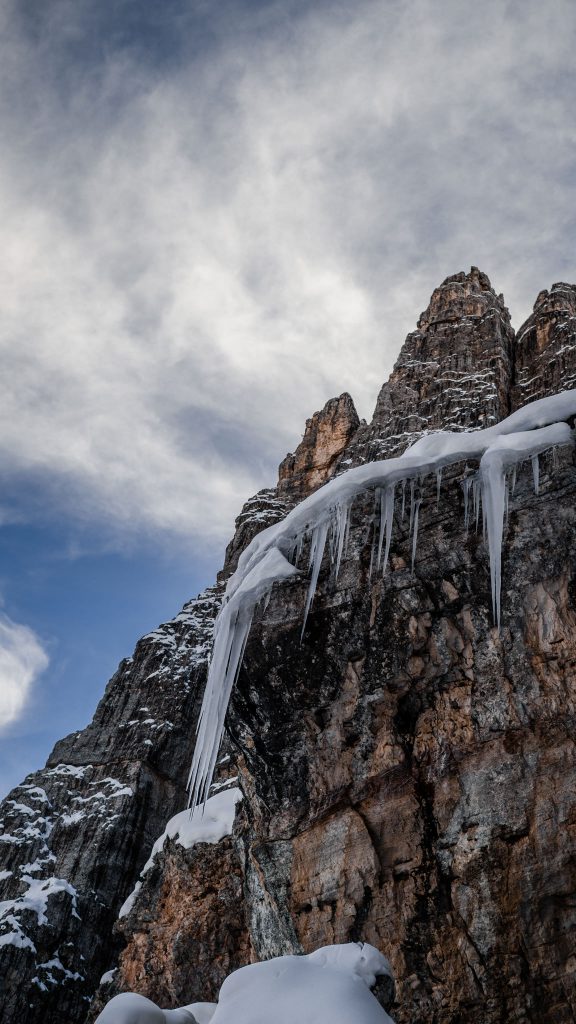
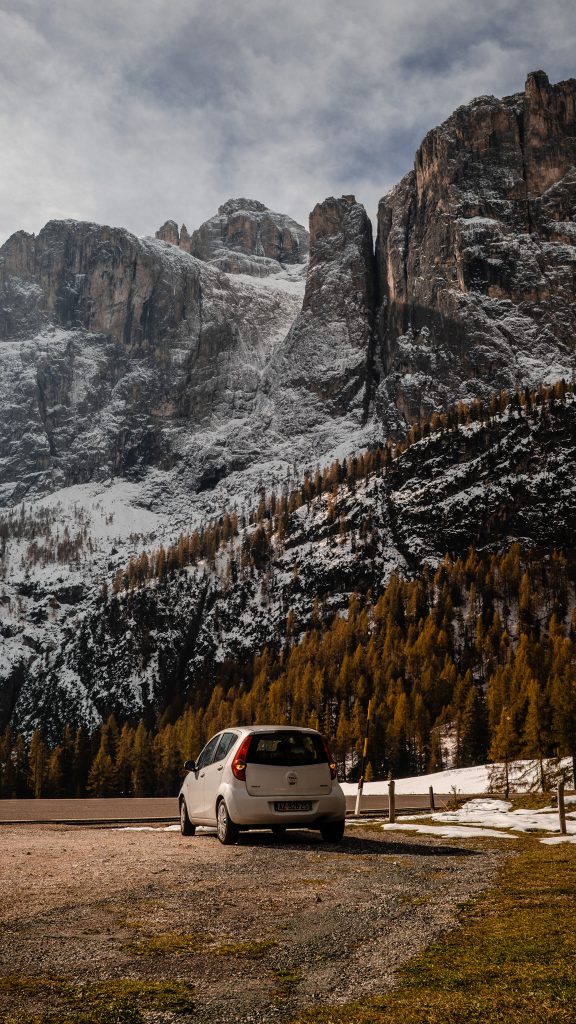
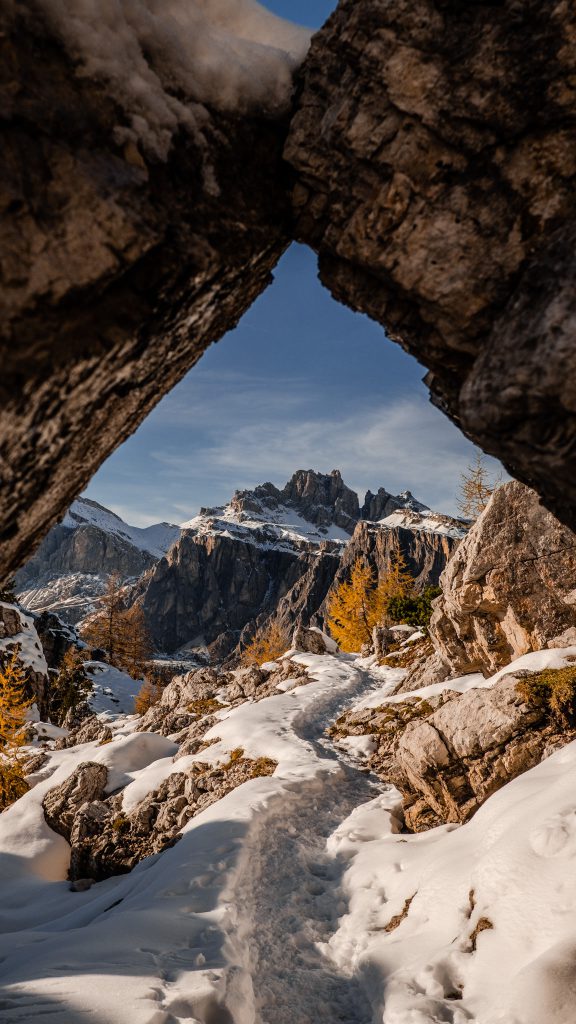
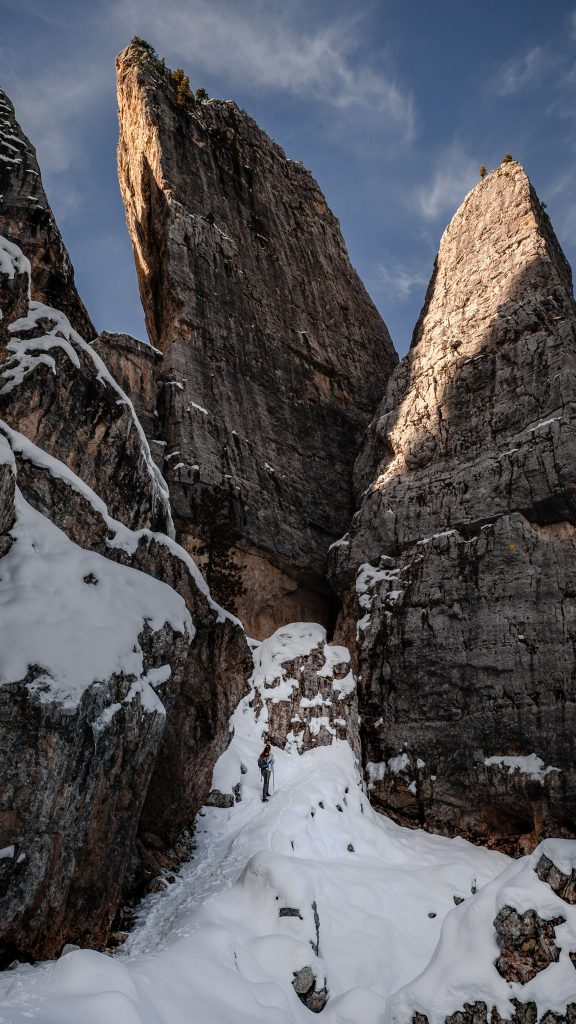
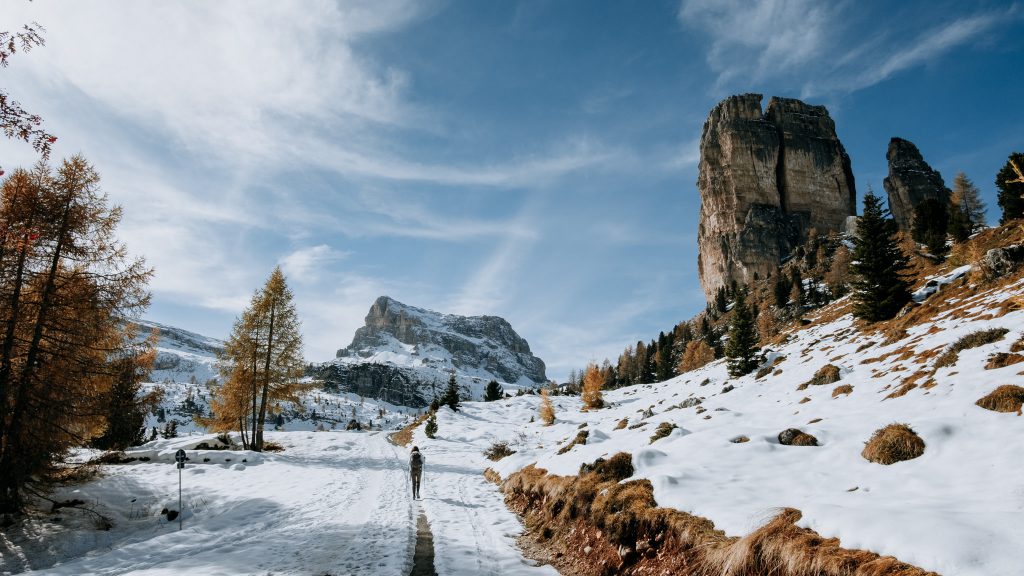
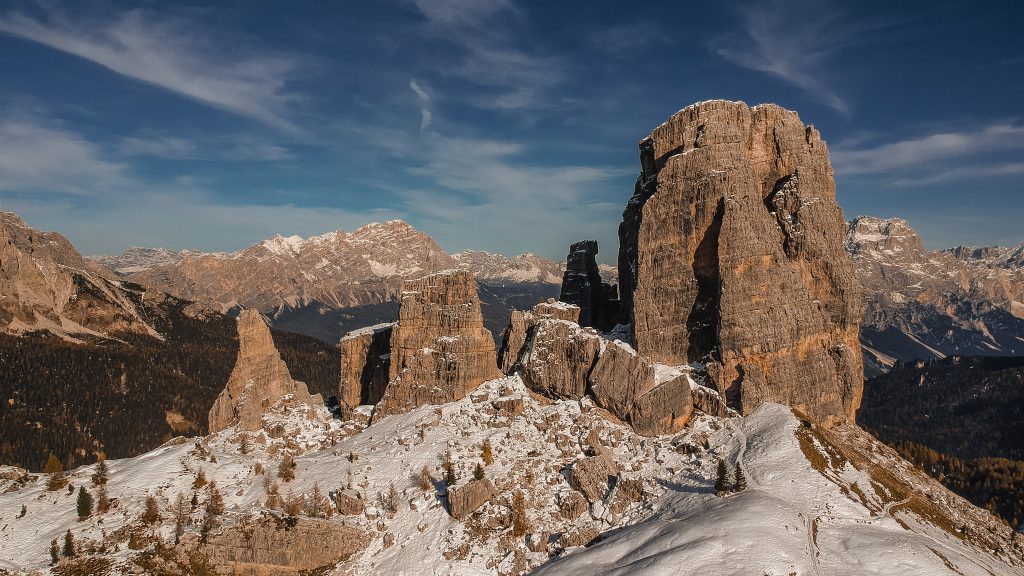
Practical information for hiking the Cinque Torri:
- Length of the hike: 7.2 km
- Elevation gain: 323m
- Duration 3h30
- Maximal height: 2030 m
- You can go to alltrails for more technical information.
Hiking Tre Cime di Lavaredo
The hike towards the top of the Tre Cime di Lavaredo is legendary, but we advise you to be prepared for this one: not every part of this hike is considered to be easy, especially when there is fresh snow involved.
You have two options to start your adventure to the top of the Tre Cime di Lavaredo: you can start the hike at the entry of the natural park – where you can park your car for free. From here, you’ll have to walk 12 km to begin your climb. The second option – which we took – is paying a 30 euros entry tax which allows you to park your car next to Rifugio Auronzo.
Our journey to the top started at the Rifugio Auronzo restaurant – which is a very accessible location and has its own observation point. This observation deck is located on the right of the restaurant – close to the religious cross and has a beautiful view, which is why we consider it to be a must-visit.
After you take the time to enjoy this view, you can continue your hike to the top. The hike from the Rifugio Auronzo restaurant to the first viewpoint can be considered a physically challenging hike, which is why we advise you to bring walking sticks.
From here, you’ll have an amazing view of the Tre Cime, which will only improve along your hike towards the second viewpoint! There you’ll stumble upon the Rifugio Locatelli hut, which is the perfect place for a lunch stop!
Tip: Before you continue your journey to the top, you might want to enjoy the scenery and visit the caves which are located next to the hiking trail.
After reaching the top and celebrating your accomplishment, you’ll be able to hike back down. We advise you to keep an eye out on the way back – especially if it has snowed – because this will make the trail back down extra slippery.
Pay attention to the wildlife
During our hike, we experienced various moments where blackbirds tried to steal our food!
We would also like to emphasize the fact that you’ll have to be careful if you decide to climb to the top during the winter – This hike is serious and quite long. It’s a very popular attraction during the summer and might need some precautions beforehand.
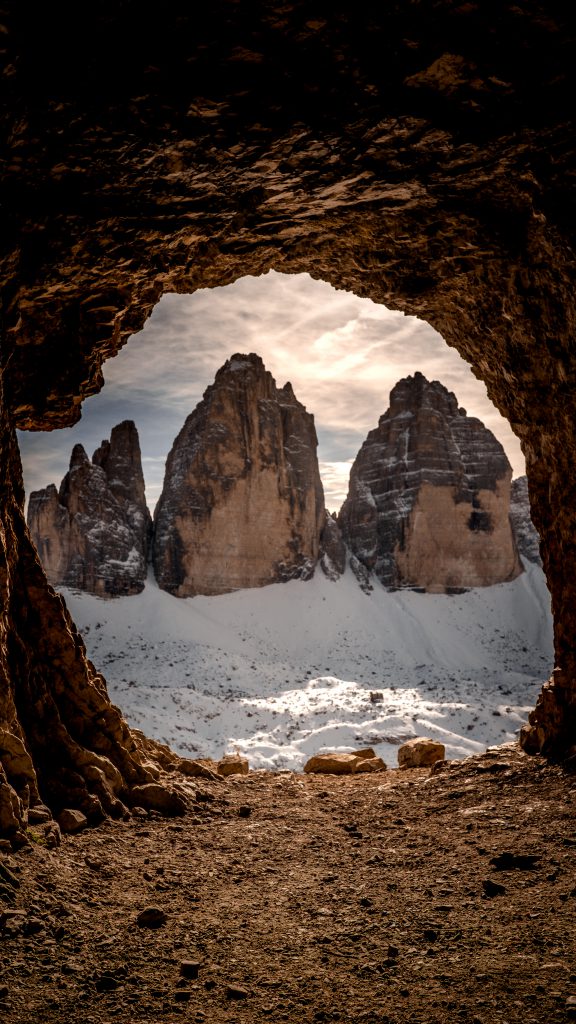
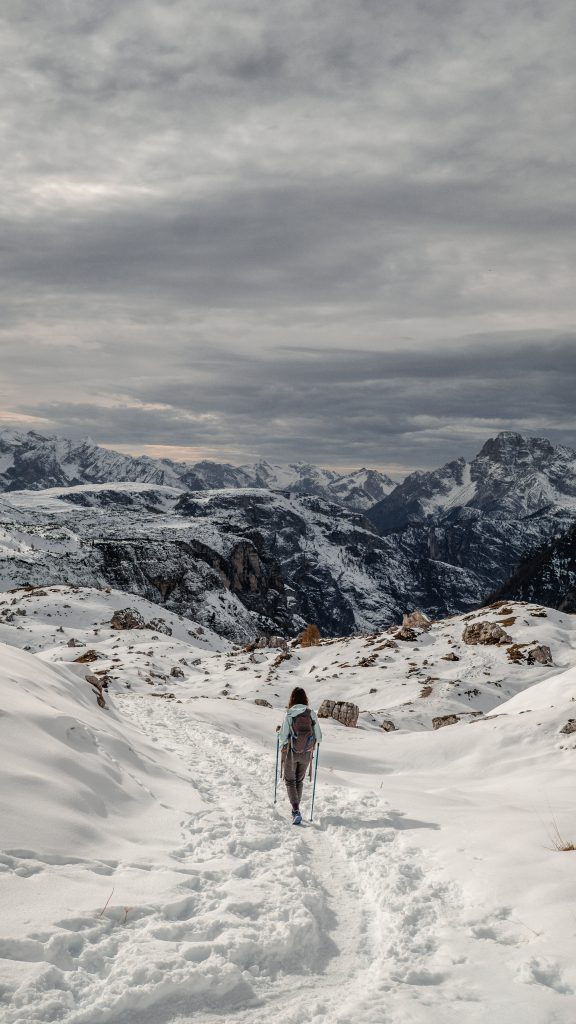
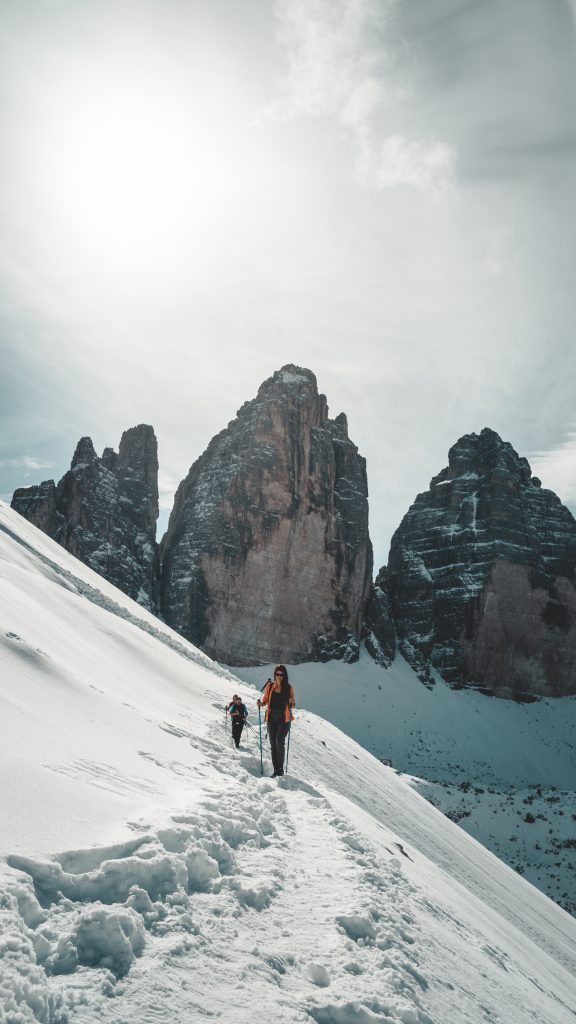
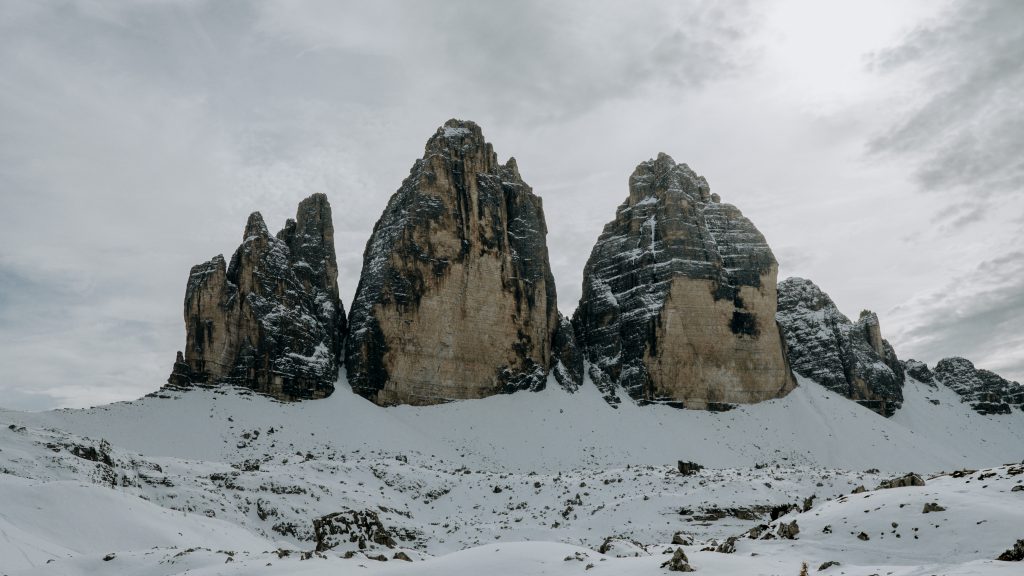
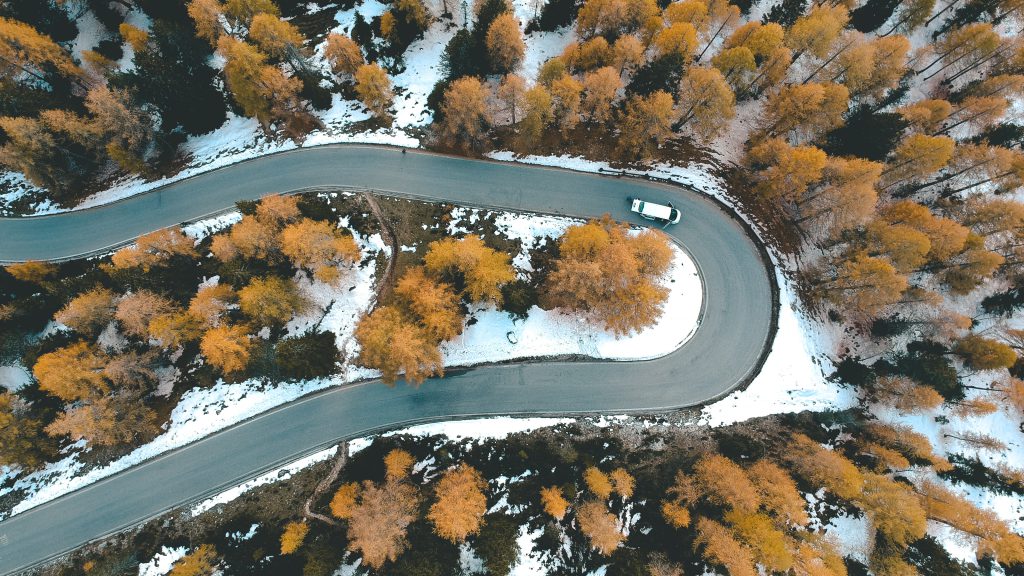
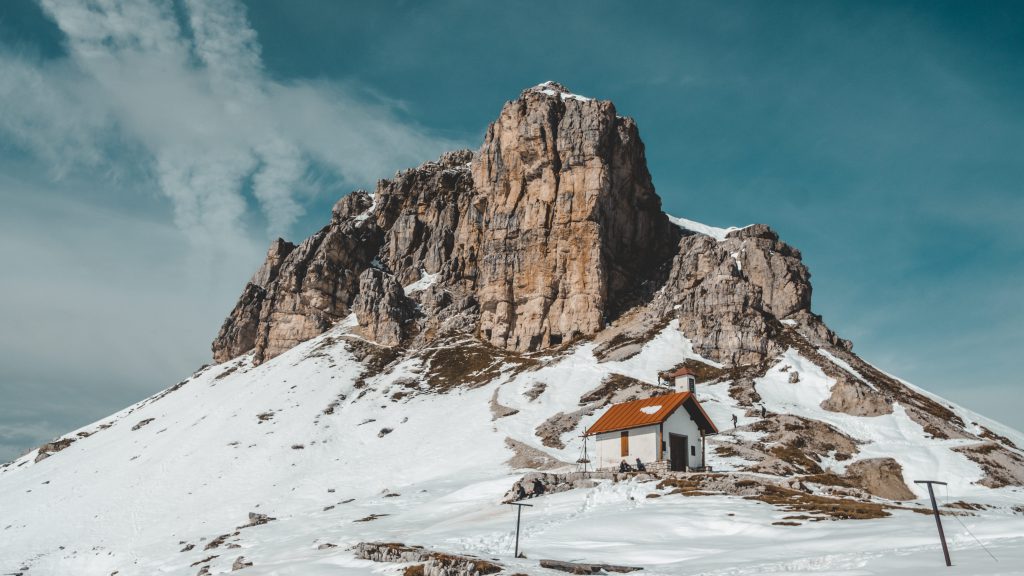
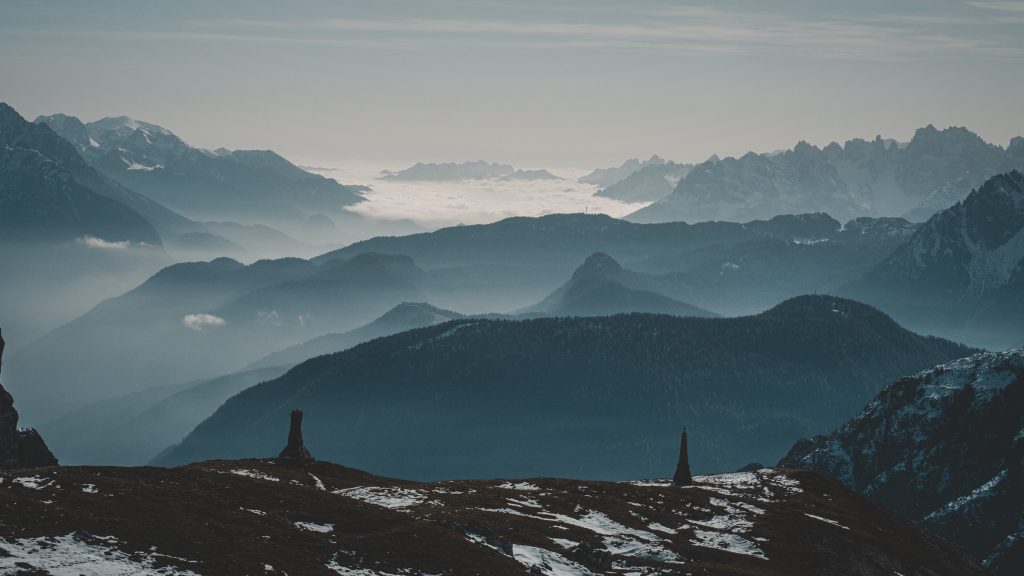
Practical information for hiking the Tre Cime di Lavaredo:
- Length of the hike: 9.7 km
- Elevation gain: 426m
- Duration: 4h30
- Maximal height: 2525 m
- More details about the Tre Cime di Lavaredo hike on Alltrails.
Hiking Lago di Braies – Pragser Wildsee
One of the reasons why Lago di Braies is a popular tourist attraction is because it’s a very easy location to hike to, even if you park your car at the San Vito village and start your hike from there.
Luckily, an easy hike does not equal a disappointing landscape! The Lago di Braies is known as a very instagrammable place and is mentioned by every visitor as one of the most beautiful places in the Dolomites. The reason for this is the beautiful blue color of the lake, which can even be turquoise in some deep places. The lake’s history, its reflections, and the surrounding mountains transform the lake into a mystical place with an intense atmosphere.
Tips for visiting Lago di Braies
The path around the lake offers you an overall overview of the whole area, which is a lovely and peaceful place where the path runs close to the water.
If you are looking for more adventure, you can always rent a small wooden boat and row to the middle of a lake, which will cost you 18 euros for 30 minutes and offers you an exclusive experience.
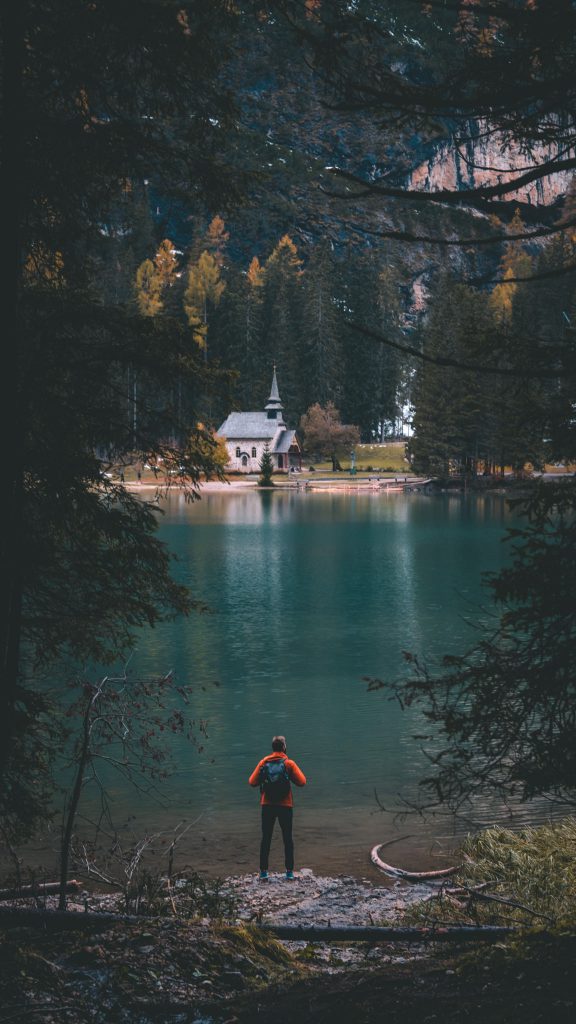
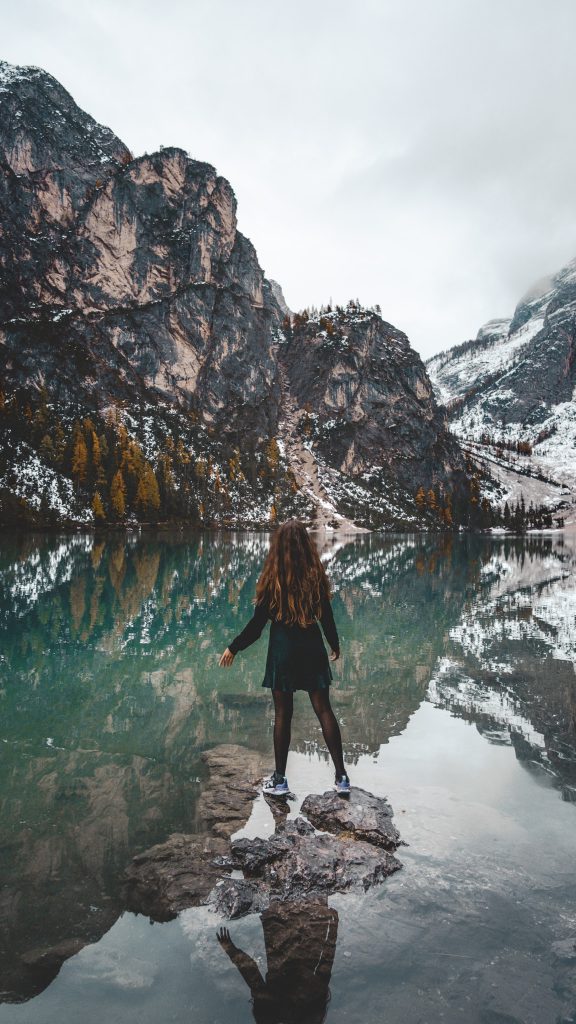
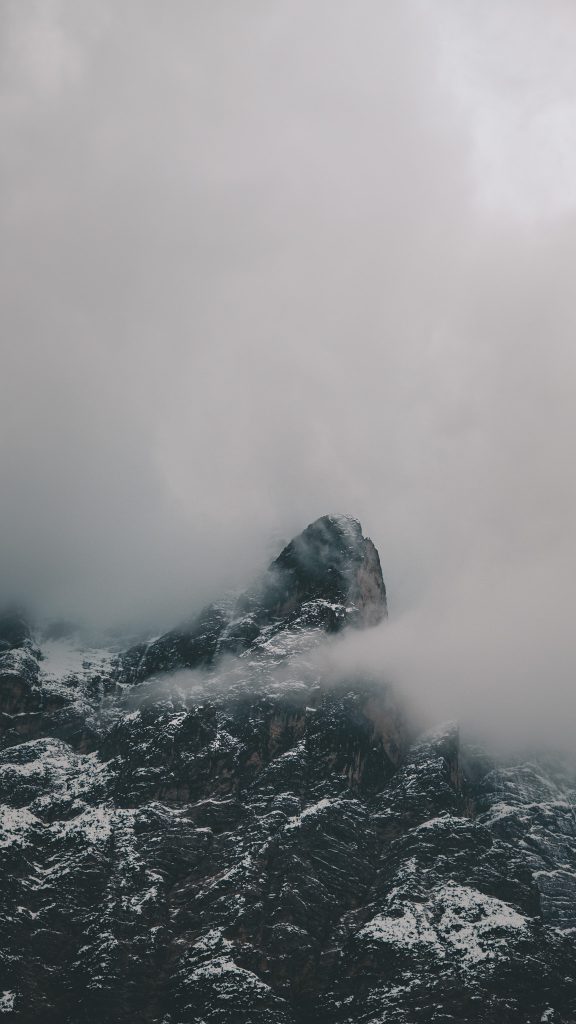
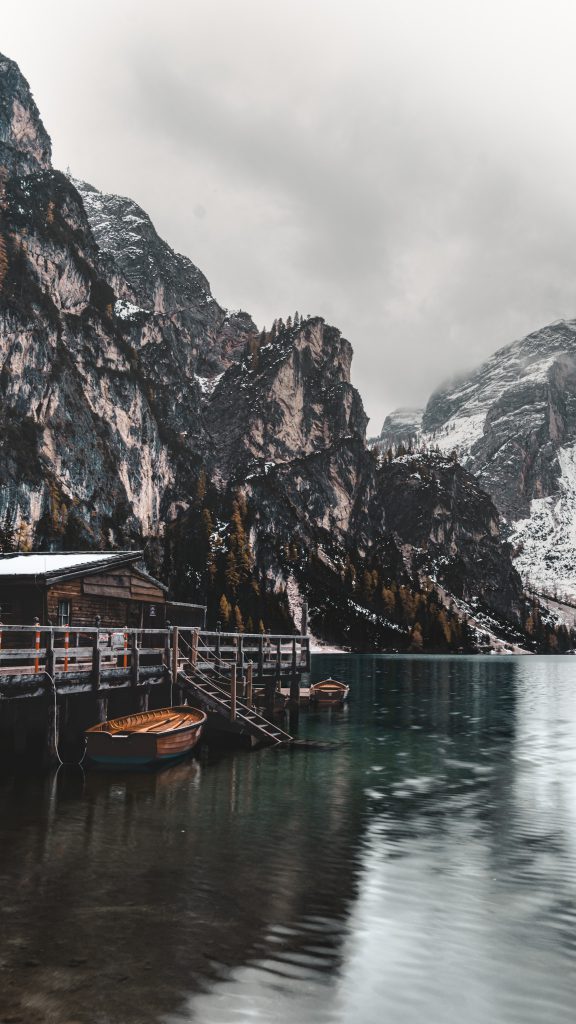
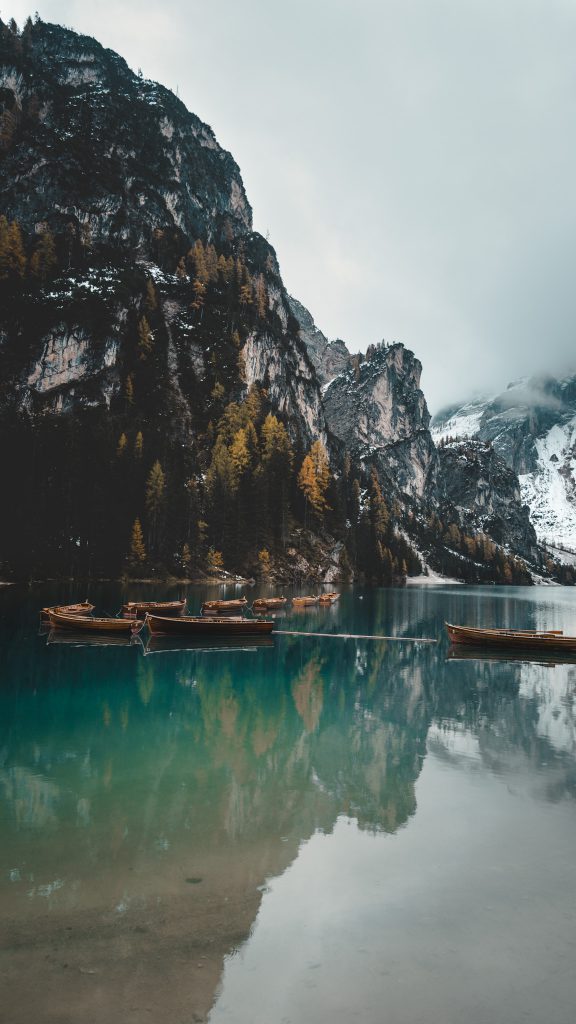
Practical information for hiking Lago di Braies:
- Length of the hike: 3,5 km (Lago di Braies Loop) or 7,3 km (from San Vito village)
- Elevation gain: 181m or 327m
- Duration: 1h30 and an additional 1h30 from San Vito Village
- Maximal height: 1496 m
- More details about the Lago Di Braies hike or the hike from the village on Alltrails.
Hiking Lago di Sorapis – Lake Sorapis
The hike around Lake Sorapis can be considered moderate, especially when your hike takes place during the winter when it’s covered by snow.
The path to the lake is not only surrounded by nature and mountains, but also by fields full of horses and ponies!
Once you get higher grounds, the panoramic view will increase giving you a splendid view over the valley. The climb itself is steady which makes it easy, and gives you the pleasure of admiring the view.
If you’re hiking during autumn or winter, chances are that the lake will be frozen which makes the view even more unique. During summer, the water will have a turquoise tint, making it look like Malta’s blue lagoon.
Before going back, have a break at the rustic Rifugio Vandelli hotel where you – in case you have a filtering straw – can refill your bottle with fresh water from the tiny waterfall.
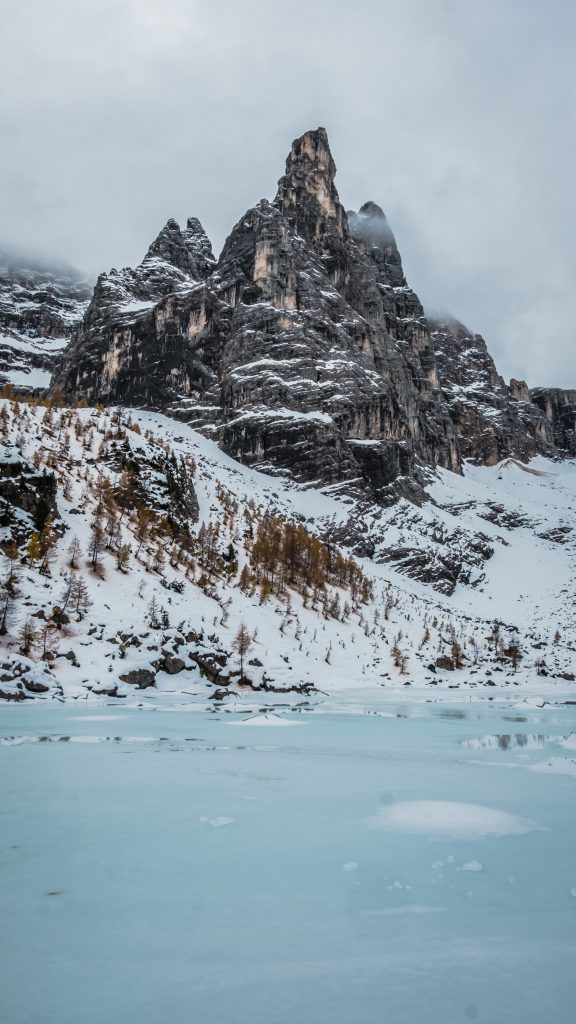
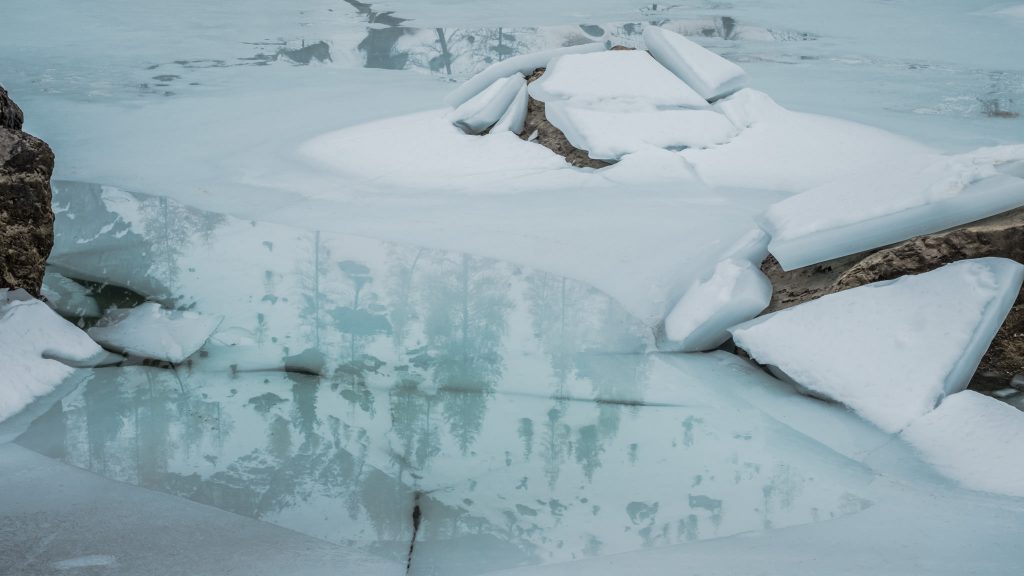
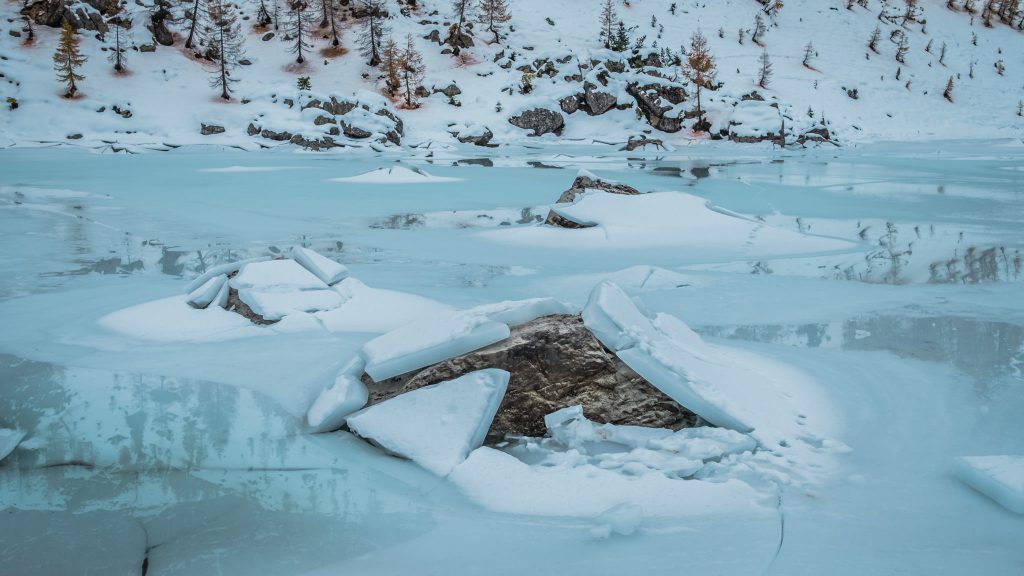
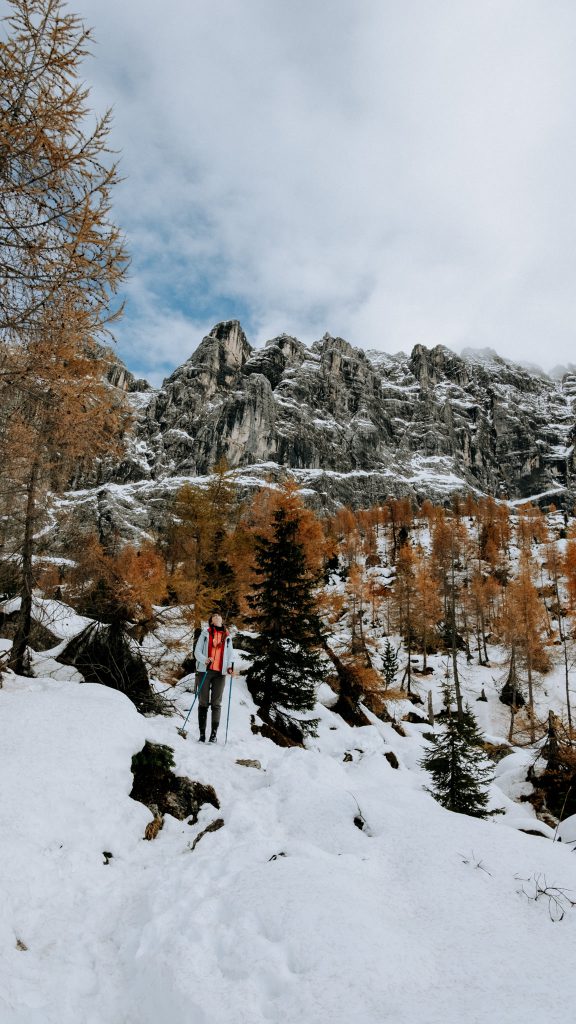
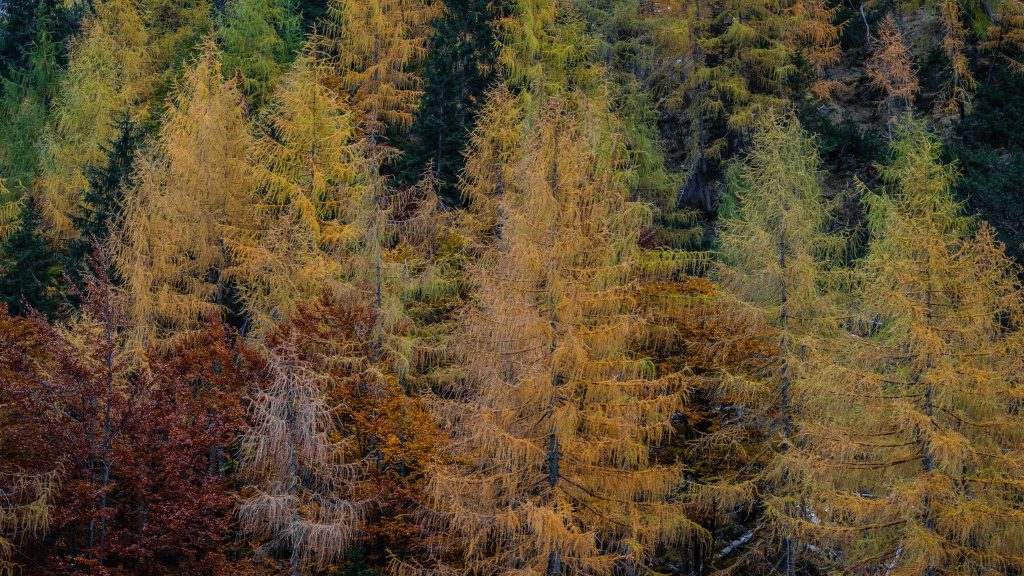
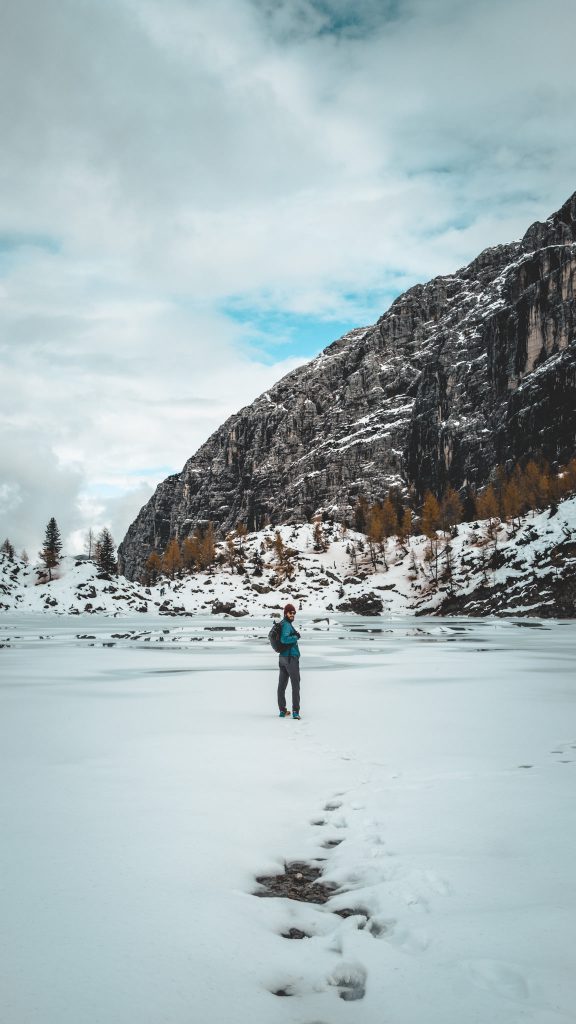
Practical information for hiking Lake Sorapis:
- Length of the hike: 10,5km back and forth
- Elevation gain: 536m
- Duration: 4h
- Maximal height: 1923 m
- More details about Lago di Sorapis hike on Alltrails.
Hiking Riva di Tures – Riva Waterfalls
The hike towards the 3 waterfalls of Riva hike is not difficult at all but still provides you with a wonderful look over the valley of Campo di Tures.
We started our journey at Taufers castle, where you can park (paid) your car down to the village. For here, the path continues along the mountain where you’ll find various curiosities and huts along the route until you eventually reach the first and biggest waterfall which is part of the Rieserferner-Ahrn natural park.
One thing we can assure you: the sound and water projection of the waterfall is quite impressive! Once you have admired the view and took a great picture, you can continue the path and head to the second waterfall which is a bit less high but still impressive.
Here, you’re actually allowed to swim up close to the edge of the 10-meter high waterfall. You’ll also enjoy the different wooden sculptures representing creatures from Christian songs. This part of the trail is actually named “El Sentiero di San Francesco” as you can find various altars and sentences dedicated to the Saint.
On your way to the third waterfall, you’ll find a zipline which allows you to cross the river, and is also known as a popular destination for paragliders! It’s needless to say that the view from the zipline is truly unique and offers an astonishing view over the valley!
From here, the rest of the trail follows the river and leads back to the village.
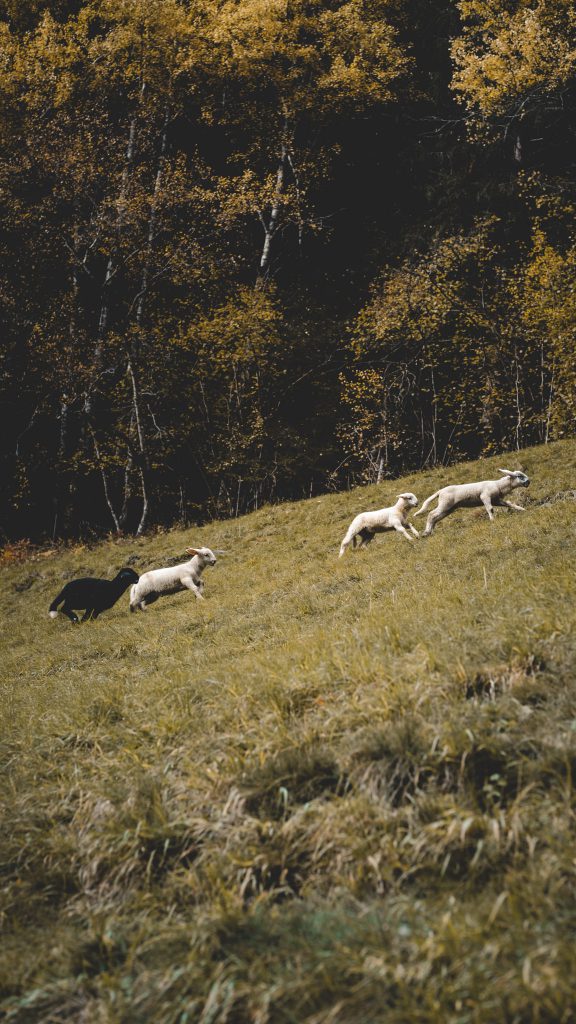
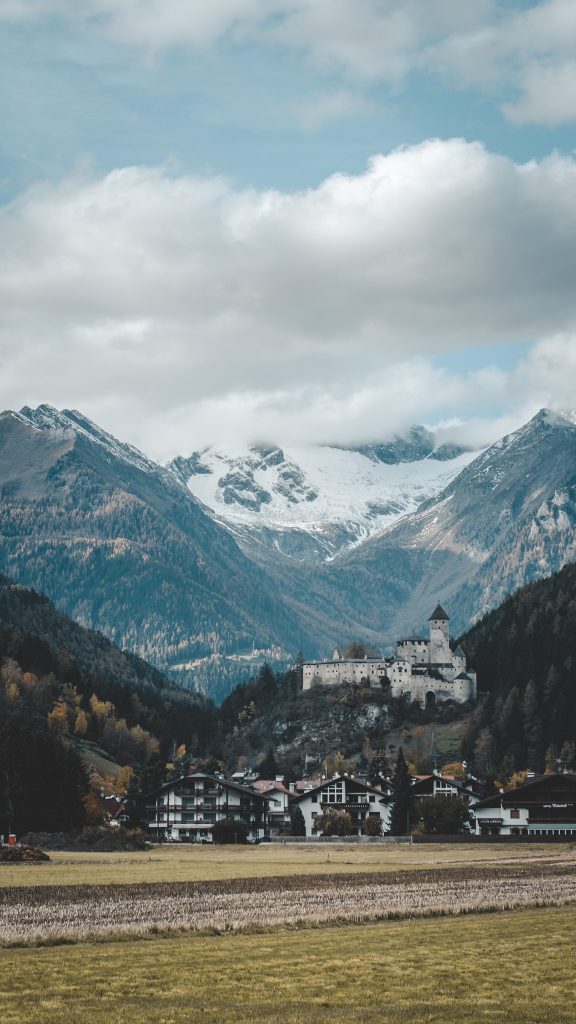
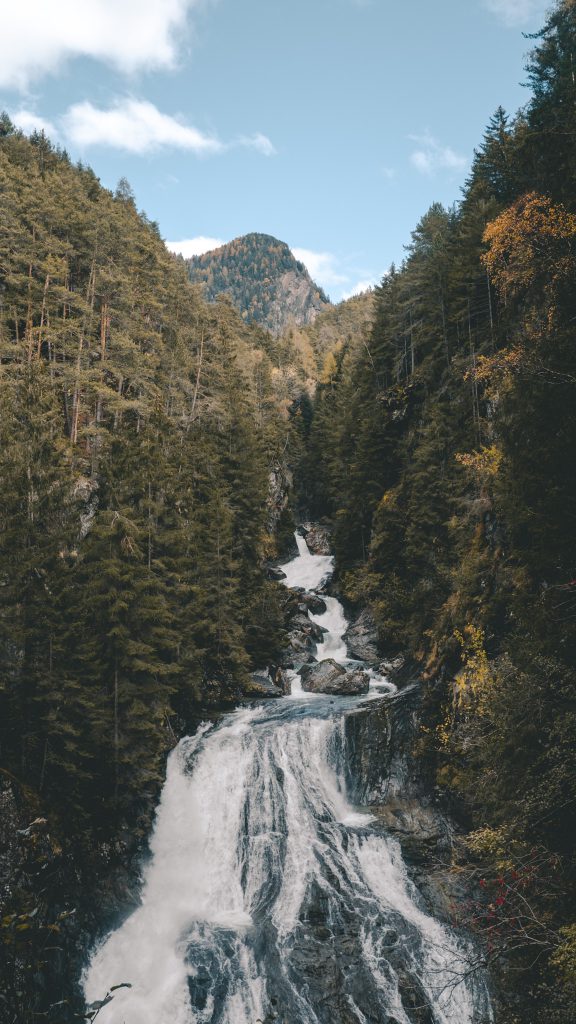
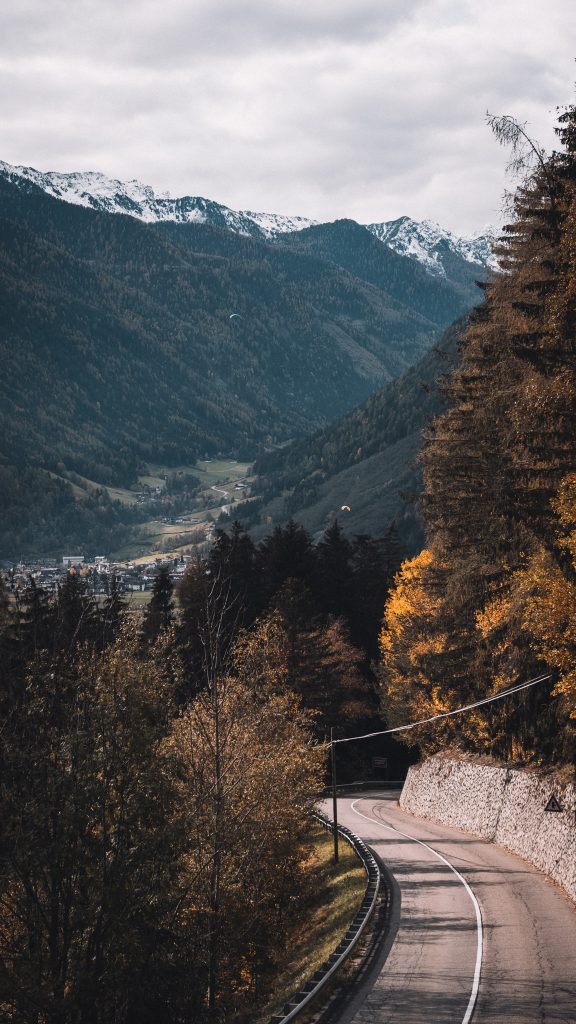
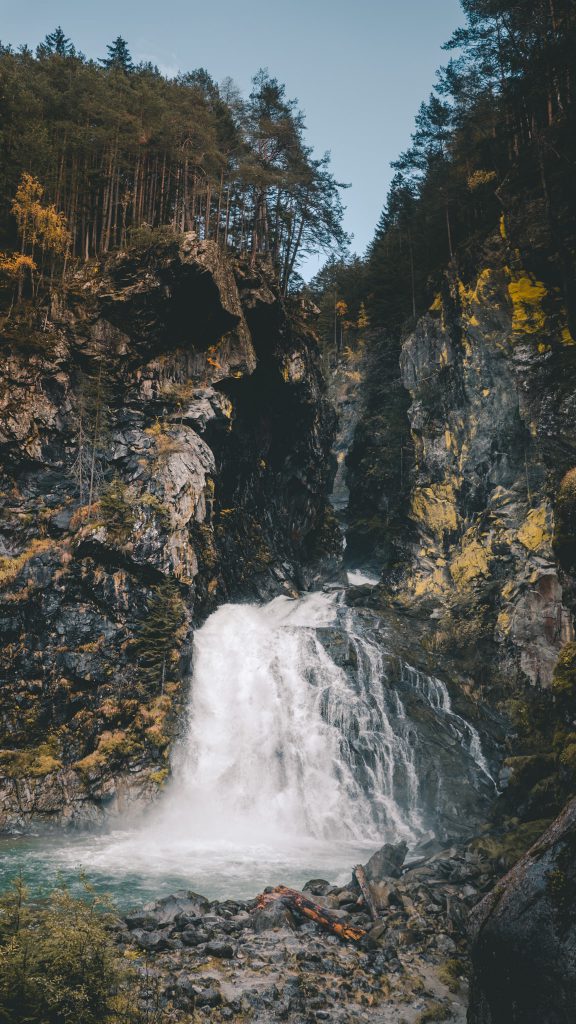
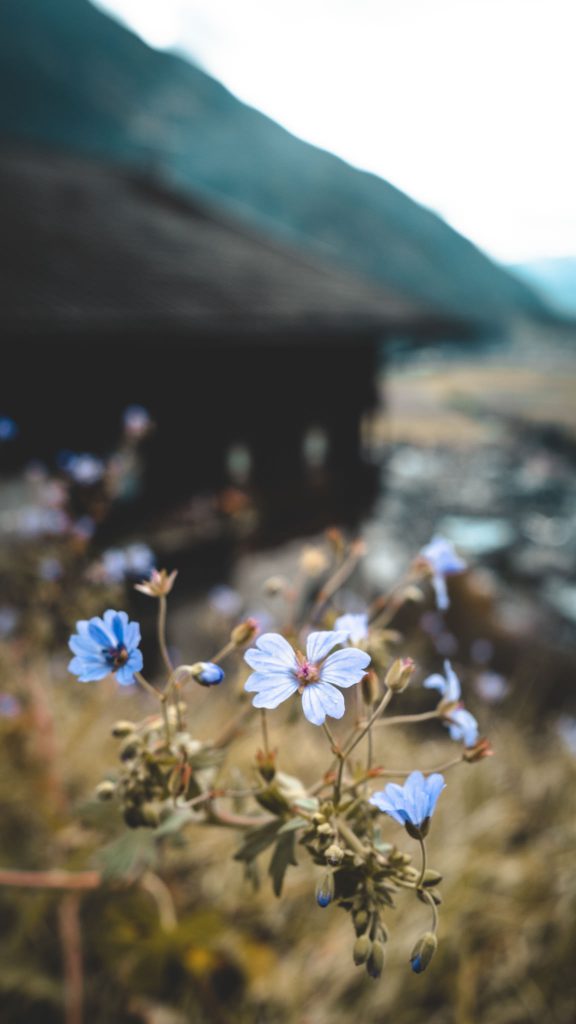
Practical information for hiking the Riva Waterfalls:
- Length of the hike: 7,7 km
- Elevation gain: 268m
- Duration: 2h
- Maximal height: 1061 m
- More details about the waterfalls of Riva di Tures hike on Alltrails.
About the pictures in this article
Landscape photography – and especially these from the Dolomites – might seem like black magic for some of our adventurous readers and aspiring photographers, that’s why we decided to break down the technical details behind this shot.
Elisa and Alexandre – the couple who’ve been guiding you through the dolomites with this guide – share their adventures via @paresseuxcurieux and wanted to share some tips to make your pictures more instagrammable:
“The first and most important tip would be to bring the correct lenses. We always bring along our wide-angle lens when we’re going for a hike since it helps us to capture stunning landscape photos when we’re close to mountain peaks.
A second trick we picked up while hiking, is to always focus on a specific object in your pictures. This could be a person, a building, or a specific object. The reason for this is because it puts your landscape in a perspective, and makes your picture stand out even more.”
The couple even had some extra photography tips, specifically for visiting the Dolomites:
“When you’re visiting the Dolomites, you might want to experiment between a vertical- and a horizontal-layout. This is because the Dolomites are filled with mountains, and a vertical picture might make them stand out even more. Additionally: these pictures are perfect for Instagram stories!
If you’re planning to visit the lakes, you might want to experiment with the reflection of the water, this will add an extra dimension to your pictures – If you never tried to work with reflection before: we’d advise you to do it around sunrise or sunset.
Last but not least: If you have the intention to buy a drone, a visit to the Dolomites might be the perfect excuse to finally buy one! Just make sure to be careful: It’s easy to lose sight of the drone and some of the places are too high for a decent GPS signal which means the “Return to home” function won’t work! Believe us – We had some scary moments up there!”
Gear
- Body: Fujifilm X-T2
- Drone: DJI Spark
- Lenses :
This guide on Fujifilm lenses for traveling provides a comprehensive overview of some of the best options available, including wide-angle and zoom lenses, to help you capture stunning photos of your travels.
Settings
- Shutter speed: 1/800
- ISO: 100
- Aperture: f/6.4
Software
About Elisa and Alexandre
Elisa and Alexandre – the writers of this guide – are two known adventurers from France who have been traveling together for the past 5 years, and started to document their trips on their own blog: Les Paresseux Curieux. Their next adventure? A 2-years-world-tour!

